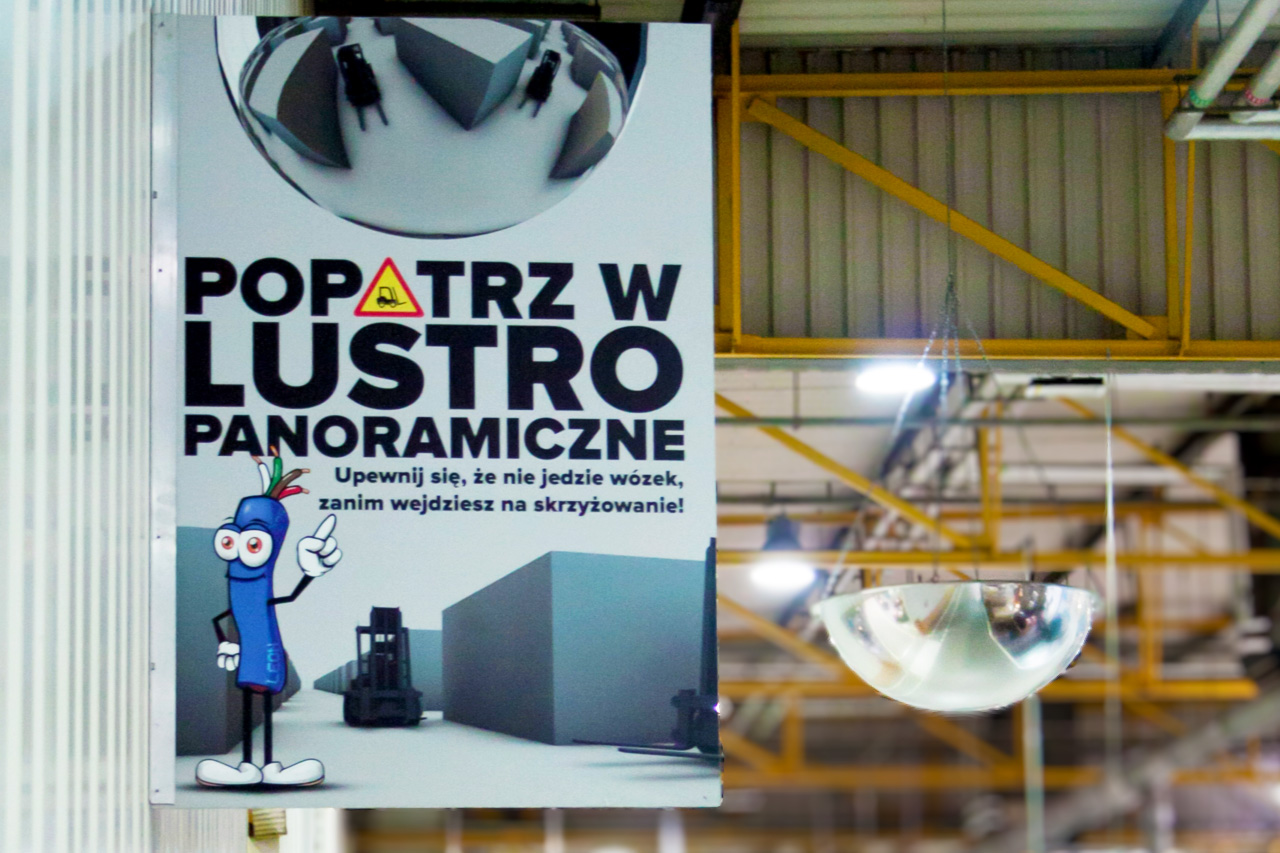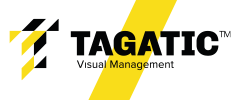Horizontal and vertical marking of the production hall - cost or investment?

Marking of the production hall is a necessary element for every company that even cares about the basics of health and safety or employee safety. Marking of communication routes, transport routes, layout, dangerous elements or machines - this is a common standard today. However, there are companies that go beyond this standard and go out perfectly. What is a broader view on the issues of marking in a production plant?
We still have a tendency to treat security as an expense. To protect our employees against accidents, we must bear the costs. It's just that well -planned and designed visual management is an investment that not only increases safety, but also reduces production costs. How is this possible?
More than stickers
Horizontal and vertical marking is not only standard stickers that you need to stick somewhere. This is the whole system to improve production processes. Examples?
Tool shadow boards allow the employee to have all the necessary tools on hand. Thanks to this, work runs faster and more effectively - which generates savings. At the same time, we minimize the employee's movement within the hall, which affects safety and time that the employee does not waste on unnecessary movement and search. Safe = sparingly.
Another example is a system of marking minimum states or instructions for conducting in individual positions. They make the employee spend a lot of time in his position, and all supplies are received by "Just-in-Time". The same applies to templates that allow you to immediately assess compliance with the norm of the product or semi -finished product.
Each of these elements separately has a positive impact on the quality and safety of work, but only used jointly and comprehensively allow you to implement a real and clear change. This is what we understand by visual management. How to approach this issue comprehensively?
Step by step visual management
- Make an audit. Take into account the procedures prevailing in the plant and management and control systems. Think about where the gaps are taking place in the production process, which elements you would like to optimize.
- Analyze each point separately. What can you do to make your employee easier? How can you follow the procedures? How to make sure that the employee will know the rules of behavior in the situation of starting machines or failures?
- Visualize the whole. Visual management must be visible, comprehensive and consistent. Apply individual markings to the model. Think about whether they will be understandable and intuitive or not arguing with each other.
- Adjust products - choose their shape, quality and durability according to the requirements of space. The product hanging on the wall must have a different immunity than the one followed by a forklift. Do not save on quality, but do not overpay where it is unnecessary.
- Provide training and implementation. Make sure employees understand the marking, that they know how to move in a newly organized space.
- Plan assembly. Make sure that the marking of the space does not affect downtime. The plant must operate, the continuity of production processes must be maintained, so the assembly should be as little invasive as possible.
- Measure, test, check. Even the best project sometimes requires correction. In the end it is to work in practice.
This is how we approach cooperation with our clients. We start with detailed audits, then we create projects and visualizations, train and advise, and finally produce, deliver and install level and vertical marking.
The result is greater comfort and safety of employees, elimination of waste, higher quality of processes and, most importantly, the products themselves. The production plant thought out from visual terms is a safer and more economical place, and this is the key to every manager and factory owner.


